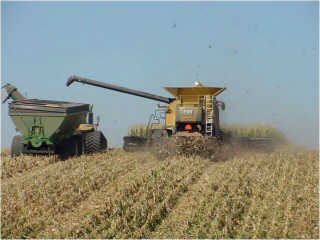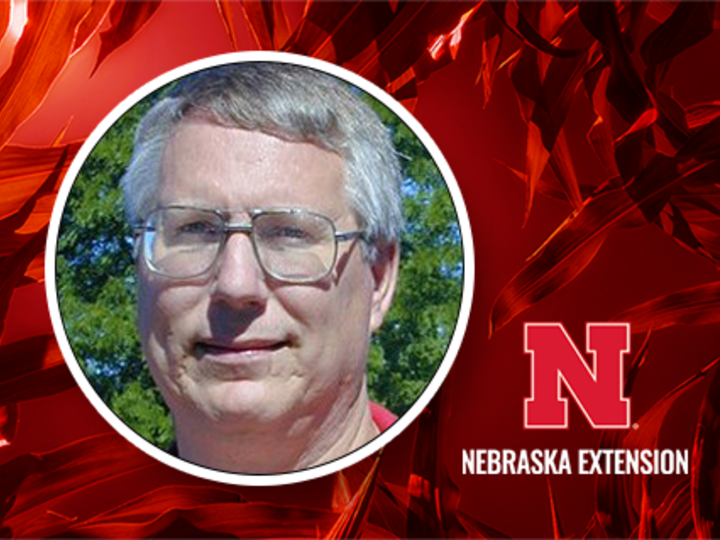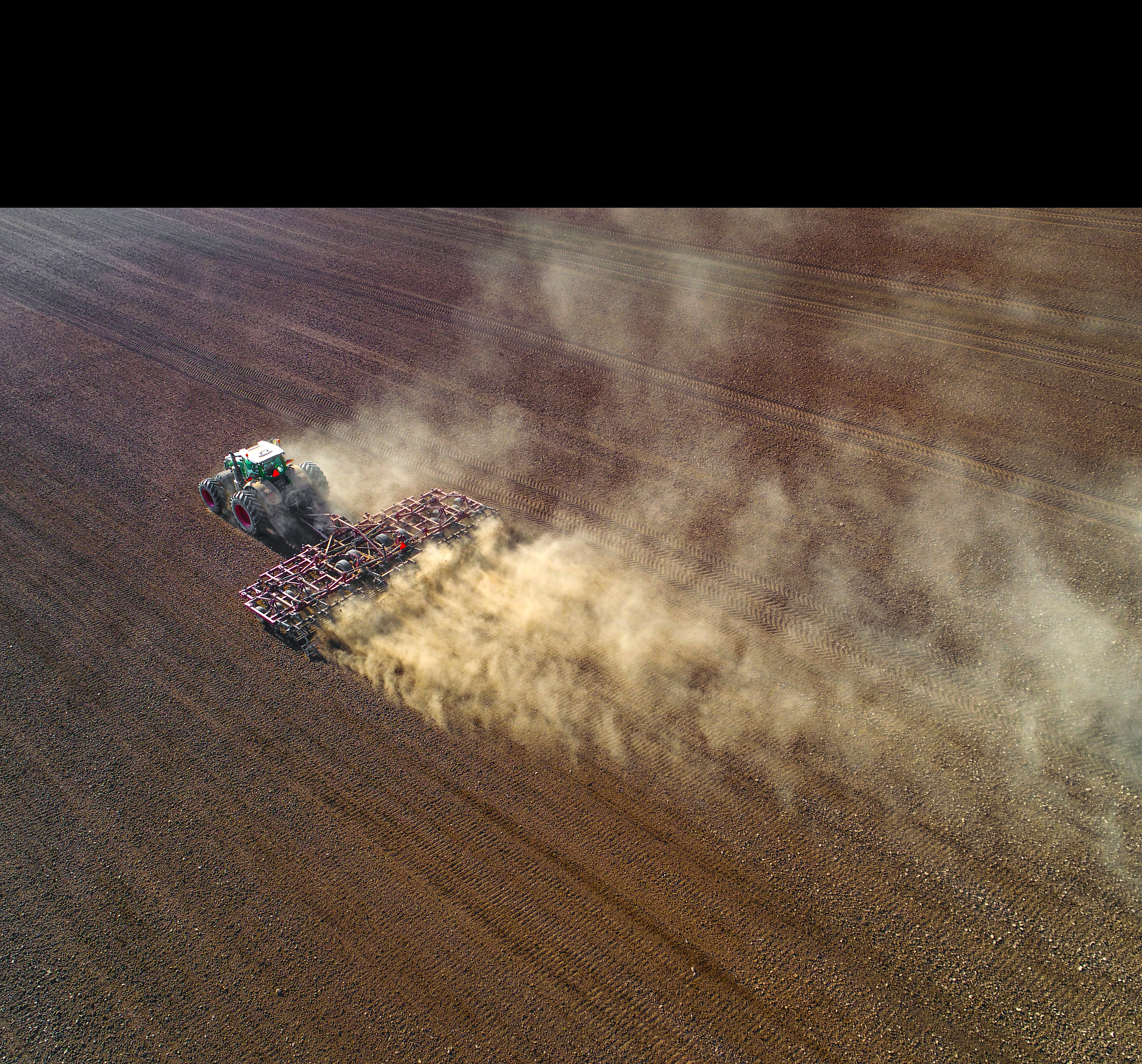
Tillage is the mechanical manipulation of soil. In the past, the goal of most tillage operations were to provide a suitable soil environment for crop growth, primarily by preparing a seedbed and controlling weeds. Little attention given to what tillage was doing to the environment and to soil biological life. With increased emphasis on protecting the environment in the 1970s, producers began adopting conservation tillage systems that leave a protective cover of residue on the soil surface to reduce erosion. By reducing their tillage operation to leave more residue, they also reduced the fuel and labor requirements for crop production.
Regardless of the tillage system selected, spread residue uniformly behind the combine using either a straw chopper or straw spreader. A chaff spreader may be desirable, especially when harvesting small grains or soybeans. Uniform distribution of residue and chaff reduces equipment clogging and provides more uniform soil conditions for planting, easier weed control, and better erosion control.
Recent advancements in herbicides make weed control with no-till easier than it used to be. Early preplant applications, longer-lasting residual herbicides, and a wide variety of postemerge products are helping assure weed control success with no-till.
Conservation tillage systems represent alternatives at a time when economics require flexibility in crop production. The growing concerns about agricultural sustainability and the environment require reduction of soil erosion. Conservation tillage effectively and economically reduces soil erosion and the resulting sedimentation, a major water pollutant.
Carefully evaluate the need for each tillage operation and pesticide application. Systems with more than two tillage operations prior to planting need careful examination. Additional operations are often unnecessary and only increase soil losses, compaction and production costs.

